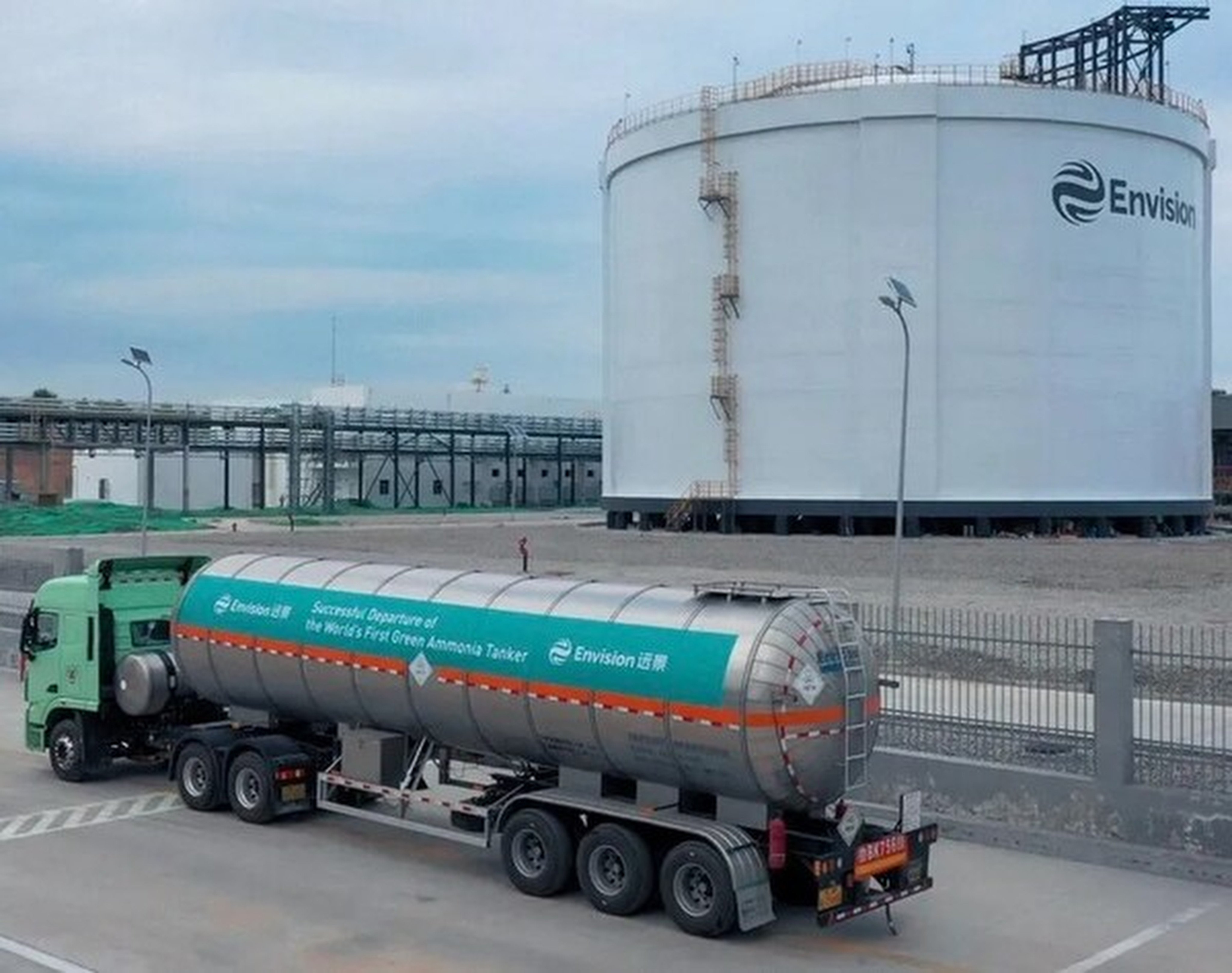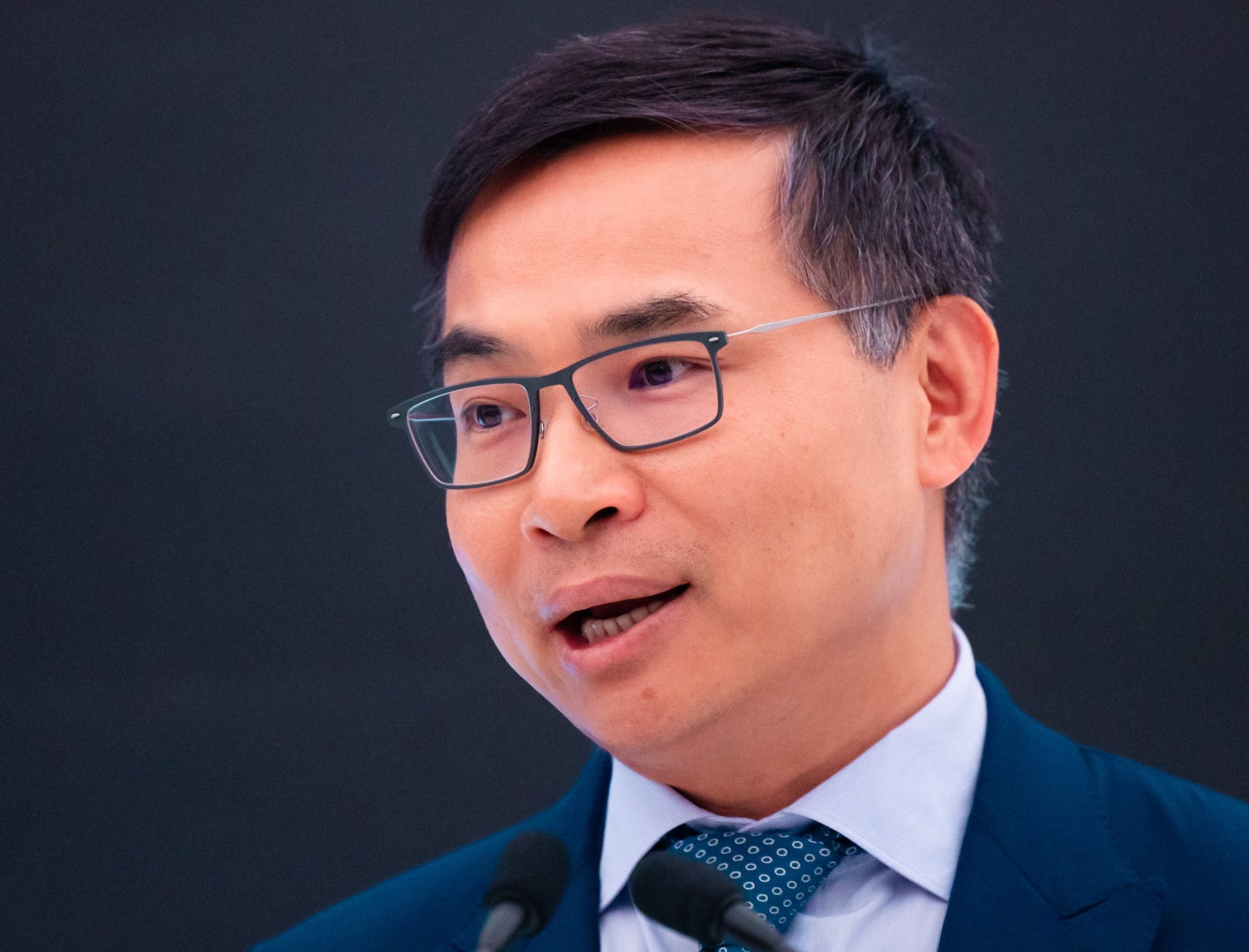Envision launches world’s largest green hydrogen plant in Inner Mongolia
The plant, capable of producing 320,000 tonnes per year of green ammonia, will be scaled up to 1.5 million tonnes a year by 2028

Chinese wind-power developer Envision Energy has commissioned the world’s largest green hydrogen and ammonia plant, as Beijing seeks to decarbonise its hard-to-abate industries and dominate the growing clean-fuel market.
The Shanghai-headquartered company launched the first phase of the project in Chifeng, Inner Mongolia, on Wednesday, which is capable of producing 320,000 tonnes per year of green ammonia, Envision said.
“This is more than a technological milestone,” said Zhang Lei, Envision’s founder and CEO. “Scalable, green alternatives are now real and operational. We can’t get to net zero without green hydrogen, and we can’t afford to wait. This is the blueprint for a clean energy future.”
The company said exports would start in the fourth quarter, adding that the project would continue to be scaled up to produce 1.5 million tonnes of green ammonia per year by 2028.

Beijing considers hydrogen, as well as its major carriers ammonia and methanol, as one of the major pillars of its clean energy ambitions after dominating the global supply chains for electric vehicles, solar energy and batteries.
Green hydrogen is produced through electrolysis of water using renewable energy sources like wind and solar. This process emits zero carbon dioxide, unlike conventional hydrogen production methods that rely on fossil fuels.
China produced about 36.5 million tonnes of hydrogen last year, making it the world’s largest producer of the clean fuel, although over half of the hydrogen was produced using fossil fuels, according to the National Energy Administration in April.
At the start of this year, Beijing signalled stronger policy support for developing green hydrogen, green methanol and green ammonia due to their potential to decarbonise heavy industries such as steel, cement and shipping.
With an urgent need for energy transition to combat climate change, the green hydrogen market was poised for strong global demand and significant export potential.
For the global energy sector to achieve net-zero carbon emissions by 2050, worldwide hydrogen demand was projected to grow 1.5 times from current levels, reaching about 150 million tonnes per year by 2030, according to the International Energy Agency (IEA). More than one-third of this demand will come from new applications in the European Union, East Asia, and the United States, the IEA added.
In May, Envision Energy secured a long-term agreement with Japan’s Marubeni to supply green ammonia from its Chifeng project, accelerating the adoption of the commodity in key sectors such as fertilisers, chemicals and shipping.
Envision aims to achieve price parity for its green ammonia and methanol with fossil-fuel-based alternatives by 2028 to help make these green fuels truly competitive, the company said.
Unhandled type: inline-plus-widget {“type”:”inline-plus-widget”}